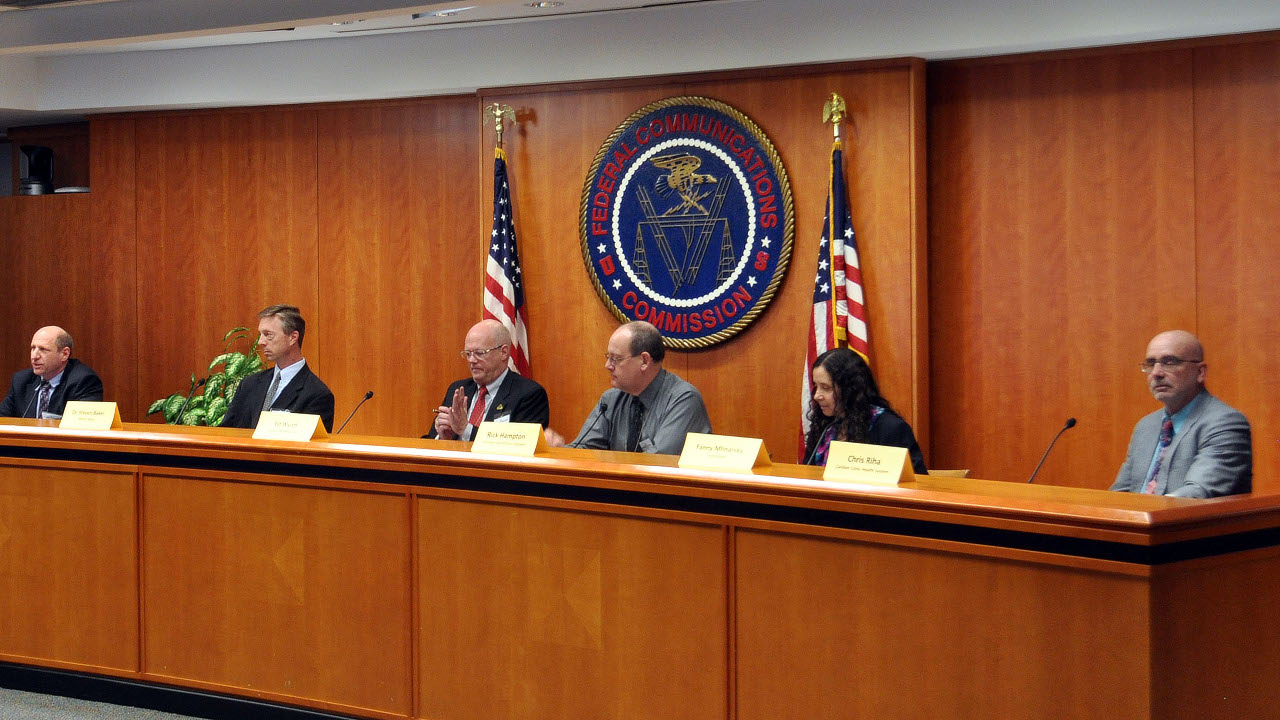Ajit Pai, the chair of the US Federal Communications Commission (FCC), has penned a post dubbed The Next Big Thing discussing the FCC’s upcoming April meeting to discuss its third major spectrum auction of the year and the national 5G FAST plan.
“5G is indeed the next big thing in wireless; it has transformative potential, including much faster speeds, much lower latency, much more capacity, and new services and applications, many of which nobody can even predict today,” Pai explains by way of introduction. “We’re seeking to deliver on this potential in April by gearing up for an auction of the upper 37 GHz, 39 GHz, and 47 GHz spectrum bands. With this public notice on auctions procedures, we take a significant step towards an auction of the upper 37 GHz, 39 GHz, and 47 GHz spectrum bands later this year.
“The public notice makes proposals and asks questions about the essential features of this auction. For example, with respect to auction procedures, we’re seeking comment on plans for a new incentive auction, in which we propose to use an ascending clock auction format for the offered licences and then hold a sealed-bid assignment phase. We also propose offering 100 megahertz blocks of spectrum licensed by Partial Economic Area service areas. In combination, the upper 37 GHz and the 39 GHz bands would offer the largest amount of contiguous spectrum in the millimetre wave bands for flexible-use wireless services – a total of 2,400 megahertz. And the 47 GHz band, no slouch itself, will provide an additional 1,000 megahertz of millimetre wave spectrum for such services. Combined with the two preceding auctions, the Commission will be making available almost five gigahertz of spectrum for commercial use this year.
“On a related but separate note, I’ve also circulated a proposal that we’ll vote on at our April meeting that would facilitate next-generation wireless services in the 37 GHz band,” Pai continues. “This proposal would finalise arrangements for the upper 37 GHz band by establishing a process for the U.S. Department of Defence to operate there on a shared basis in limited circumstances. This proposal would also establish rules authorising Fixed-Satellite Service operators, such as satellite broadband service operators, to licence individual earth stations in the 50 GHz band.”
Pai also discusses the FCC’s national 5G FAST plan, in particular his opinion that there are outdated rules on the books which need to be repealed or modified before real progress can be made on 5G deployment in the US. “We currently have rules on the books that prohibit state and local restrictions that unreasonably impair the ability of users to deploy what are called ‘over-the-air reception devices.’ But these rules were developed a long time ago. They had in mind the delivery of video services, not broadband. So they don’t apply to antennas operating as hub or relay antennas used to transmit signals to or receive signals from multiple customer locations – in short, the kind of equipment that could be used for innovative new wireless services.
“On April 12, the FCC will vote on a proposal to update these rules. We’ll aim to pave the way for next-generation networking technologies that operate over millimetre waves, specifically, things like the base stations and hubs that make up mesh networks – modern-day over-the-air reception devices, so to speak.”
Details of other aspects to be discussed at the FCC’s April meeting can be found in Pai’s blog post on the FCC website.
